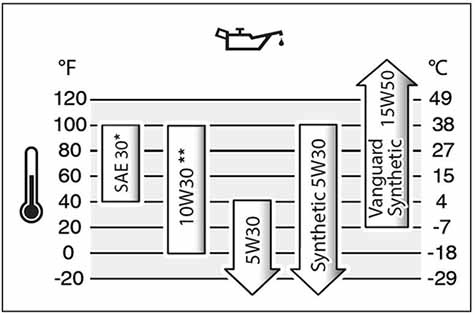Originally Posted By: CaspianM
There is no benefit to thicker oil than what is specified by the manufacturer. Read my post again.
Katerina situation and continuous operation is totally a different topic.
With all due respect, I must disagree. The problem (and benefit, I guess) with having a stand-by generator is that we never quite know exactly how they are going to be used. Hurricanes, I agree, are a different situation, but no-notice situations (tornadoes, severe thunderstorms with high winds, etc) - anything that can cause a long-term outage, can happen at anytime. Since we can't predict the upcoming usage of a generator, some (like myself) would rather be prepared for long-term operation in hot summer weather, hence the thicker oil. Is it needed? As you described above, probably not. But in that one-in-a-million event requiring long-term operation, I won't have to worry about extended generator operation if it's called for.
Please - I'm not trying to start a war, just presenting a potential situation and how a thicker oil might be a benefit in a small engine like this with absolute minimal cooling.
There is no benefit to thicker oil than what is specified by the manufacturer. Read my post again.
Katerina situation and continuous operation is totally a different topic.
With all due respect, I must disagree. The problem (and benefit, I guess) with having a stand-by generator is that we never quite know exactly how they are going to be used. Hurricanes, I agree, are a different situation, but no-notice situations (tornadoes, severe thunderstorms with high winds, etc) - anything that can cause a long-term outage, can happen at anytime. Since we can't predict the upcoming usage of a generator, some (like myself) would rather be prepared for long-term operation in hot summer weather, hence the thicker oil. Is it needed? As you described above, probably not. But in that one-in-a-million event requiring long-term operation, I won't have to worry about extended generator operation if it's called for.
Please - I'm not trying to start a war, just presenting a potential situation and how a thicker oil might be a benefit in a small engine like this with absolute minimal cooling.
Last edited:



